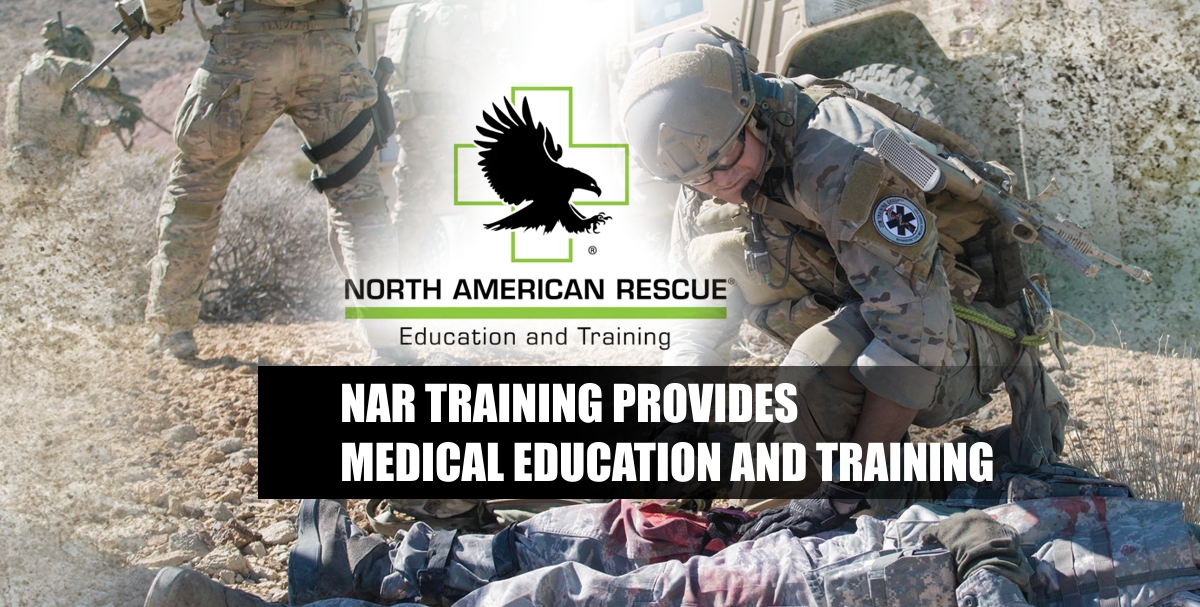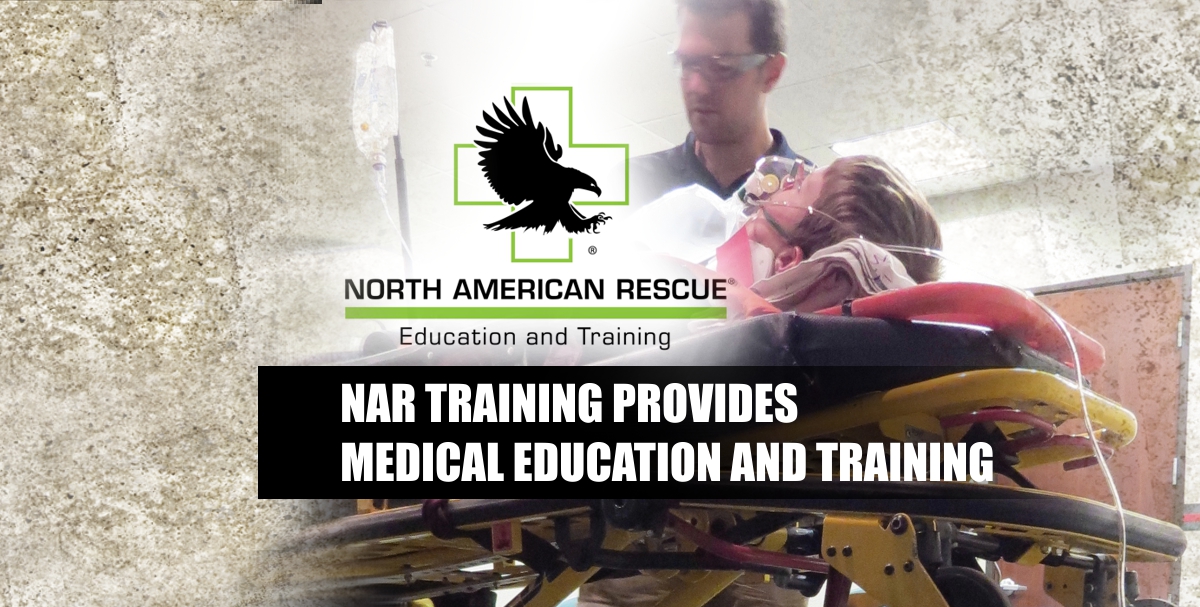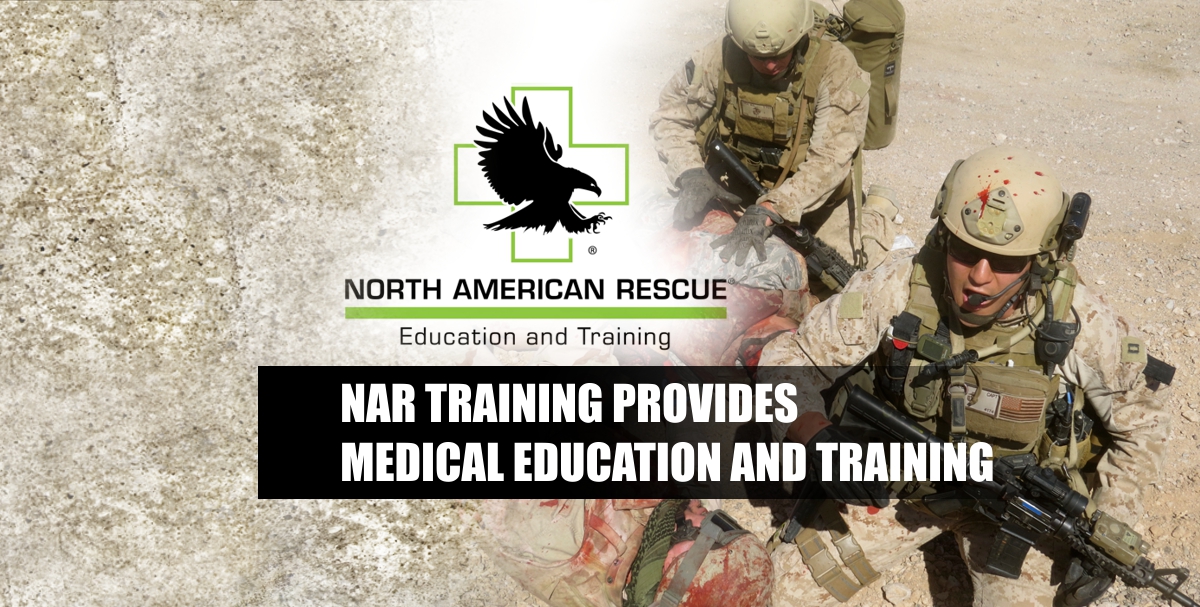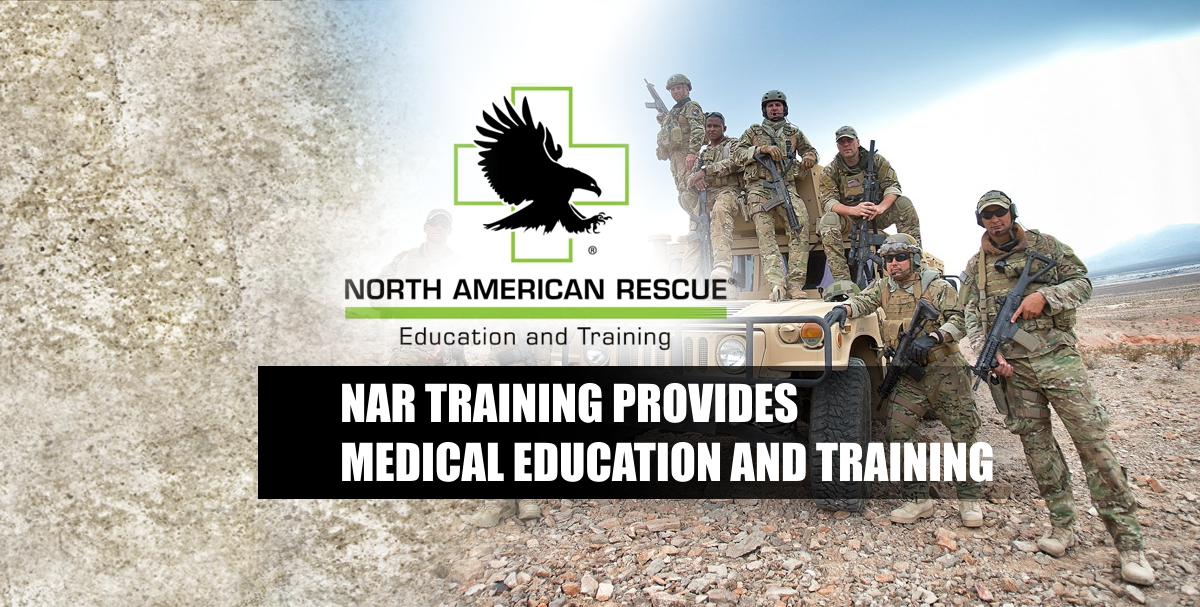To whom it May Concern,
I recently had the amazing honor to attend a military medic class. Not just any class, but an Intermediate Tactical Medicine class. Why was this so amazing? Because I don’t have one iota of military experience anywhere in my body. I take that back, I grew up in the Air Force. However the only thing I was allowed to do was buy items in the BX. So…no experience.
How I came to be a part of this class is a fairly long, complicated story. The short version is this: I needed the 48-hour refresher course for the National Registry, and I landed at JTM.
JTM is housed in Las Vegas. It is a two-week course (11 days) that encompasses the alphabet soup of EMS, and beyond. It was founded by James Mitchell, and has many wonderful teachers. When I was first communicating with the staff via e-mail, I wasn’t quite sure what I was getting myself into. Clothes that can be ruined? Be prepared to get dirty and have more fun then you could ever imagine? The military? Needless to say, I had some slight concerns. But I made it through the fire academy, so I figured I could do this.
My journey began early the first Monday. I walked into a room where almost everyone was wearing fatigues. I glance down at my jeans and an old job shirt from a former department. I was very much underdressed. I had no flack vest, helmet, or M-4. Darn it! And it was all men, and one other woman. No different than the firehouse.
We were very quickly split into groups. I waited to go last so I wouldn’t steal someone’s spot. I eventually wandered over to the group that was short one man (or in my case, woman). Team Coronado. My new home away from home. How would I be received? Would they be upset that they got stuck with the civilian? Or a woman? I was the only one in my group, and the only one in my company. I promised myself I would keep up and try my best.
JTM did a wonderful job of keeping you interested in the material. They brought in experts, and experience. I heard real stories of battlefield medicine. I listened to a retired EOD agent tells his story of stepping on an IED. I watched a pediatric emergency physician’s slides and videos on pediatric trauma. I learned the difference between what we as civilian medics practice versus what military medics practice. (I am aware that there are many different kinds of medical personnel in the military-IDC’s, PJ’s, FMF and NSW Corpsmen, etc. I use the term ‘medic’ loosely.) I soaked everything in, as I knew nothing about battlefield medicine. I took a lot of notes, and asked a lot of questions. When a term was used I didn’t know, I leaned into my team and asked what it meant. God bless those guys, they were great. Not to mention patient. I had to learn a whole new language in a short amount of time.
After a few days, it became very apparent that I knew nothing about trauma. This was a big blow to my ego. I felt like I had this market cornered. After all, I saw plenty of trauma as a medic at one of my old departments. Wrong. I killed my first patient, a young soldier with an open femur fracture. I was just not prepared for that.
I was given blacked out goggles and told to put them on. I was lead to a location, and given a story. ‘Your convoy was hit with an IED. You’re the only medic around, help is five minutes away. When you take off the blindfold, your scenario will begin.’ I whipped off my blindfold and spun around to a van behind me. Someone began screaming. I hopped into the van (I know now I should have watched for a secondary device-see, I learned) and was greeted by a soldier with blood squirting out of an open femur fracture on his right leg. I asked for gloves, and was given a look by the proctor. I leaned over my patient, and put direct pressure on his wound. I forgot about kneeling on the femoral artery, and I forgot about the tourniquet. My patient exsanguinated in no time. Dead. I was the only one who managed to kill him. And I looked like I had murdered someone.
A side note: the moulage in this class was absolutely phenomenal. Arterial bleeds, open fractures, victims who knew how to act. It was as realistic as it could be. JTM also brought in an amazing group known as Amputees in Action, which is based in the UK. These men and women are also actors. One of which was a bilateral below the knee amputee. This was not known until the soldiers were running through a scenario in the dark. They would do a quick hands-on assessment, and it never failed. Someone would yell ‘He’s got no legs!’ The actor stayed in character until ‘EndEx’ was called. It was a great learning experience.
At the end of the first week we took part in something called ‘The Box of Death’. I worried about this exercise all week. I’m not even going to tell you what I envisioned. None of it was good. I voiced my worry to two members of my team. What if I am totally unprepared-and totally horrible-at this? “Listen, Kris’, I was told. ‘You are over thinking this way too much. Just go out and have fun.’ Fun? In the Box of Death? I think not…
I was given a large paintball gun (note I have never been paintballing) and a pair of fatigues. Now I kind of blended in. I pulled my hair back into a ponytail and put on an old department blue ball cap. No…definitely did not blend in. There were six stations situated around a waist-high plywood box about six feet big. There were eight teams. Each team spent two times in the box, shooting at the classmates. The purpose of this exercise was care under fire. We were to rescue our victims while we were being shot at. This is when two rules came into play, rules I had made fun of when I first heard them. 1-Return fire. 2-Direct casualty to return fire if able to do so. I had turned to one of my team members and asked if it was legit. ‘Of course’, he said. ‘The best medicine is fire superiority.’ I shook off the memory, listened to one of the proctors, and realized I haven’t shot any kind of gun (except of the Nerf variety) since I was 12. Oh boy.
‘GO!’ I ran in a crouch to my first patient, trying to dodge paintballs. I was the medic for this first station. What did I do? I reached my patient, put my gun behind my back, and started treatment. I was shot in the chest 2 seconds later. Kill shot…dead since I had no body armor. I lay on the ground until I was told to get up. I got shot again. So far, this was not going well. Before we started the next station, I was reminded to ’Get off the X!! Fire, treat uncontrolled hemorrhage, communicate, and keep moving. Think you can remember that?!’ ‘Umm…I will try!’ ‘Then GO!’ As I ran into the second station, it just clicked. I lay on the trigger, and I didn’t let up. I provided enough cover so my partner was able to move the patient. We didn’t die! Then, it became fun. I shot everyone and everything. I had to be reminded to treat my patients. I had an absolute blast. After the exercise, I started to really appreciate what these guys go through. If these were real bullets, I would have died three times. If these were real bullets, would I have the nerve to run in there and rescue my comrades? To see them missing a limb or eviscerated, and be calm enough to treat them? In my experience, I have never had to tell someone with a broken ankle to keep shooting. I have never had to triage a mass amount of people with such severe injuries. I have never had to treat someone with just what I backpacked in. I had a whole ambulance always a few yards away. It was a complete eye opener for me.
During the second week, each day began with marksmanship skills for the rest of the class. I sat and learned by watching and listening. There was more classroom instruction, but the second week focused mainly on practical learning. I was not able to participate in some of the exercises this week (if it involved live-fire training), but I was allowed to watch all of them. I watched how the two weeks of learning came together. I watched the men who had been in similar situations and saw how they reacted. Every scenario was taken seriously by the participants, and I learned much by watching them work through it.
One of the final scenarios, which were class-wide, was called The SUCK (I really can’t make that up). It involved paintballs, so I was able to participate. This was an amazing scenario to finish up the week, and one I am proud to say I completed. I was even more proud when a member from another team told me I did great the last couple of weeks. I won’t divulge the details. A company has to keep their secrets for future participants.
In this class, I met a wide variety of people, and took away more than I could have ever imagined. I learned about evidence-based medicine, permissive hypotension, and care under fire (I recommend you learn these as well). I was taught by people who had first-hand knowledge. I watched videos and saw pictures I never would have seen otherwise. I met people I would have never known, and made some new friends. Most importantly, I gained the experience of a lifetime. And I just may do it again two years from now.
Kristen Cuciti, NREMT Paramedic






